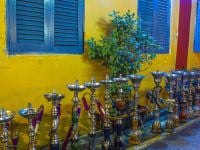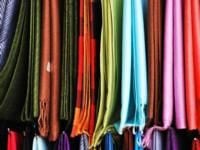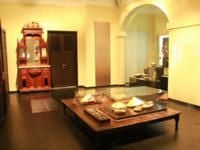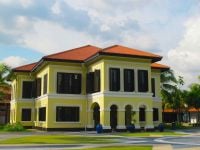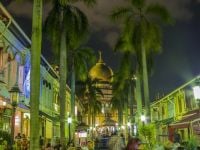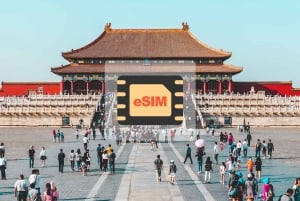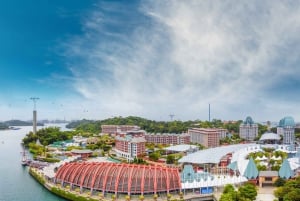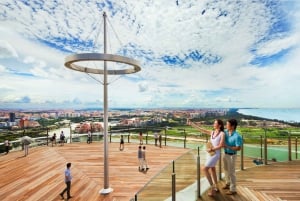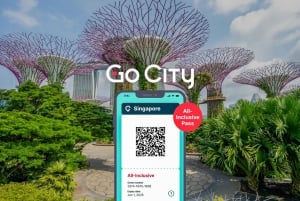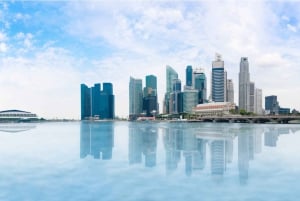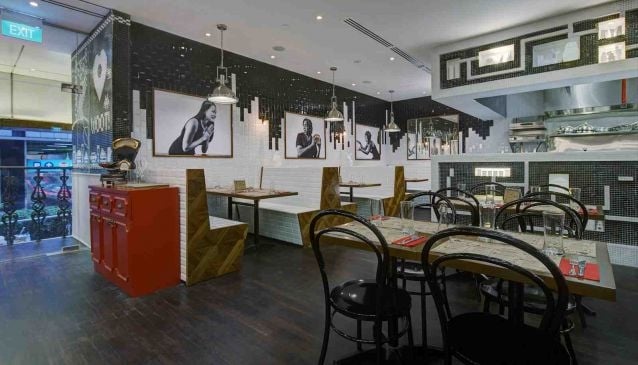Arab Street and Kampong Glam
Arab Street and the Kampong Glam area form one of Singapore’s three major cultural enclaves – the other two being exciting Chinatown and colourful Little India. The name "Kampong Glam" comes from two Malay words: kampong, meaning "little village" and "glam," the name of a type of tree that grew in abundance in this part of early Singapore. Nowadays, the area still has that special kampong feeling but with modern touches such as the famous graffiti walls.
Arab Street and Haji Lane are lined with fabric shops and fashion-forward boutiques. You’ll also find delightful cafés, where you can sit down to enjoy a true Arab coffee and a Shish’a – a traditional oriental tobacco pipe. Check out the densely-stocked basketry and handicraft shops, hip gelaterias and bistros, jazzclubs and savour the sights and sounds of this exotic and intriguing neighbourhood.
In the early days of the city, this area was set aside primarily for Sultan Hussein and his family and household, and for Malay and Arab peoples who where mainly merchants and traders. These people set up different kampongs, and built shop houses to expand their commercial activities.
Kampong Glam is also known as Singapore’s Muslim Quarter, due to its history, and to the presence of the graceful Sultan Mosque – one of the area’s landmarks, and a regular meeting place for the city’s many Muslim residents.
By day, the area is characteristically quiet. Tourists stroll the streets and avenues, explore fabric and craft shops, and admire the mosque’s classic beauty. When evening comes, though, the neighbourhood blossoms into a vibrant, hip meeting place, especially popular with the younger crowd. You’ll see them relaxing and chatting in street-side terraces, gossiping over drinks and Chi’cha, listening to music and just having a great time.
A few of the neighbourhood’s features you should be sure to see:
Gedung Kuning
The Yellow Mansion, also known as Bendahara House, is a former Malay place, now situated within the Malay Heritage Centre. Erected in 1860, the building once belonged to the grandson of Sultan Hussein. Today, the city’s government maintains it, having transformed it into a fine Malay restaurant and a popular venue for traditional Malay weddings. In honour of its heritage, the building is painted a rich yellow – the traditional royal colour.
Malay Heritage Centre
Located at Kampong Glam’s Sultan Gate, the Malay Heritage Centre once was known as the Sultan Palace and home to the royal Malay family. Covering area of approximately 8,000 square metres, the cultural centre celebrates the history of the Malay culture, as well as organizing traditional events. The Singapore government recently renovated the entire building and the new museum opened on 1st September 2012, featering 6 galleries with over 337 artifacts showcasing the rich Malay culture. Certainly well worth a visit if you happen to be nearby.
Majid Sultan (Sultan Mosque)
Situated on Muscat Street, at the very centre of Kampong Glam, the Sultan Mosque is the most important mosque in Singapore, and a national monument. Its golden domes and wide prayer halls are highlights, and popular photo subjects for visitors. The mosque was built by Swan and Maclaren Architects – one of the oldest architectural firms in Singapore. The firm is famous for its prominent projects during British colonial days, including the Goodwood Park Hotel.



